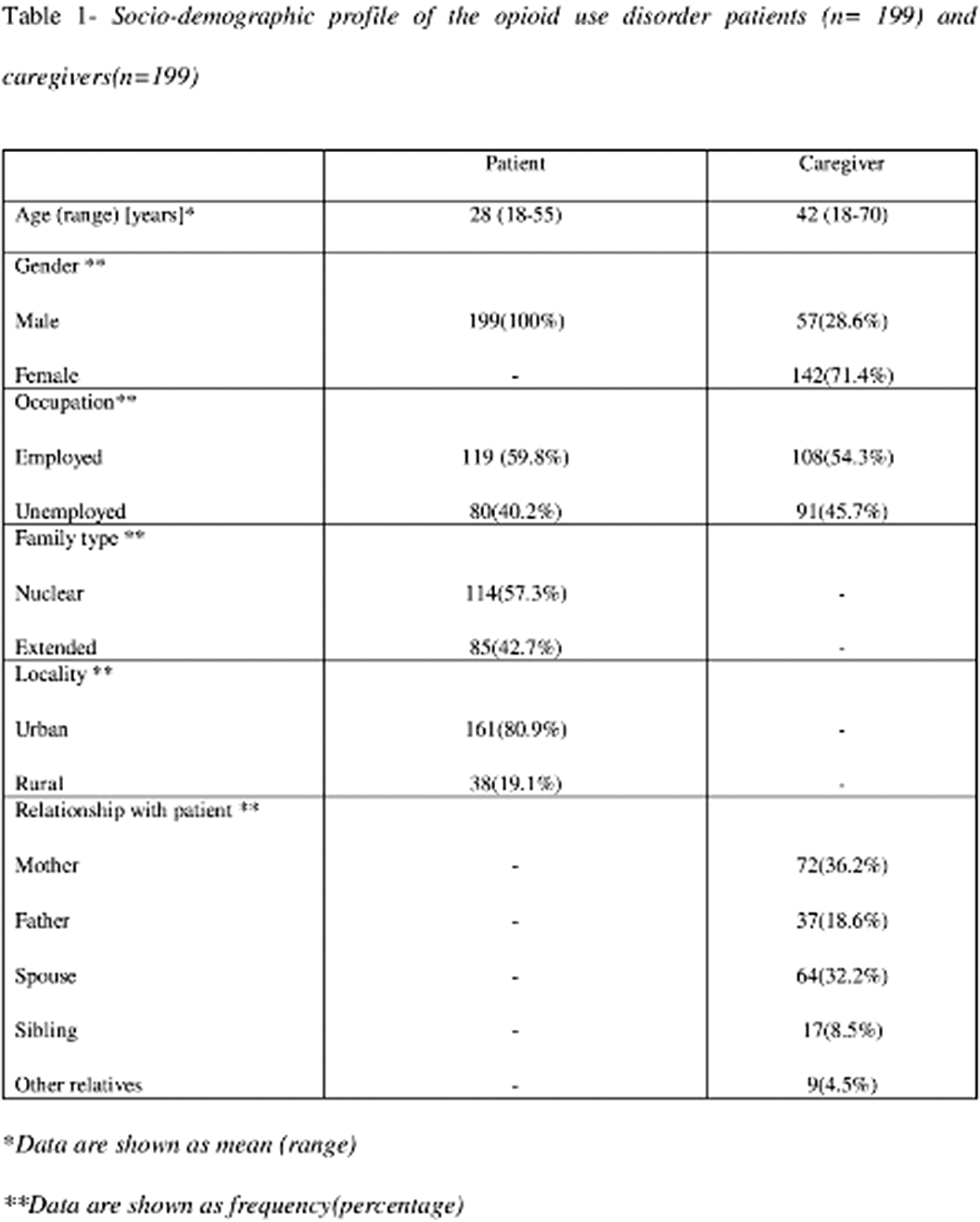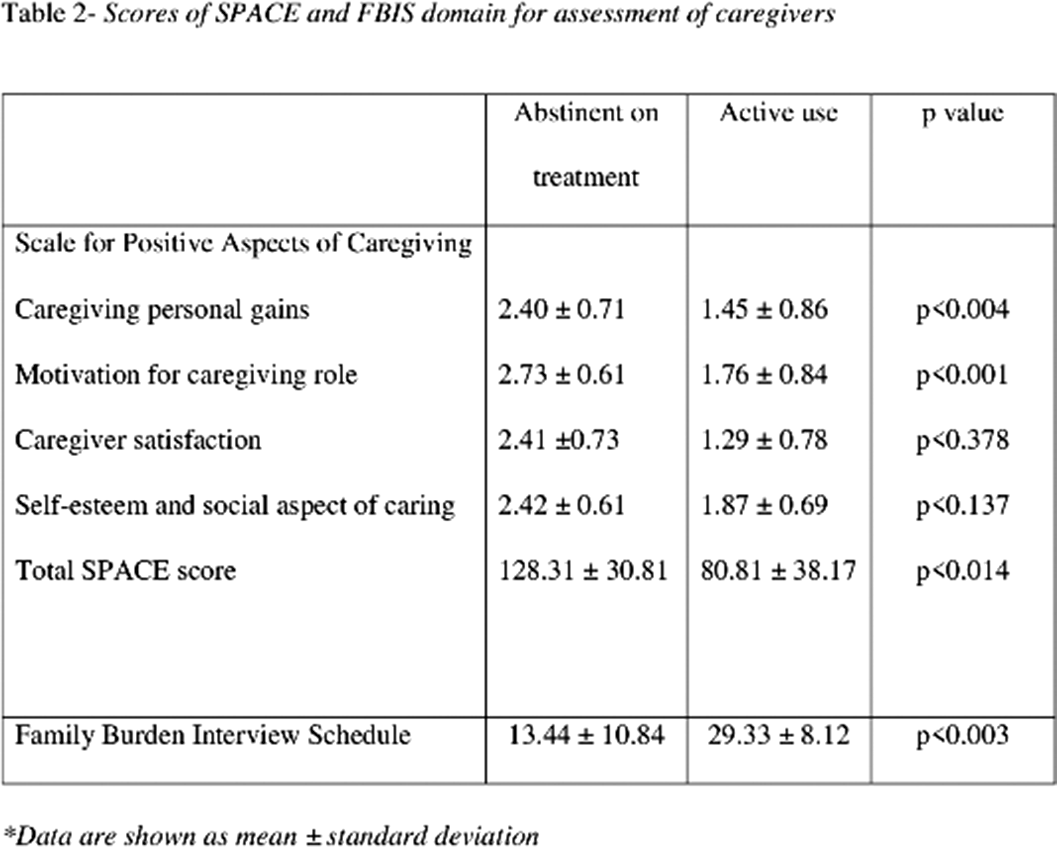301 results
D.4 Safety and efficacy of delandistrogene moxeparvovec versus placebo in Duchenne muscular dystrophy (EMBARK): Pivotal Phase 3 primary results
-
- Journal:
- Canadian Journal of Neurological Sciences / Volume 51 / Issue s1 / June 2024
- Published online by Cambridge University Press:
- 24 May 2024, pp. S9-S10
-
- Article
-
- You have access
- Export citation
Head and Neck Cancer: United Kingdom National Multidisciplinary Guidelines, Sixth Edition
-
- Journal:
- The Journal of Laryngology & Otology / Volume 138 / Issue S1 / April 2024
- Published online by Cambridge University Press:
- 14 March 2024, pp. S1-S224
- Print publication:
- April 2024
-
- Article
-
- You have access
- Open access
- HTML
- Export citation
Impact of universal chlorhexidine bathing with or without COVID-19 intensive training on staff and resident COVID-19 case rates in nursing homes
-
- Journal:
- Infection Control & Hospital Epidemiology , First View
- Published online by Cambridge University Press:
- 05 March 2024, pp. 1-4
-
- Article
- Export citation
Metrology for sub-Rayleigh-length target positioning in ~1022 W/cm2 laser-plasma experiments
-
- Journal:
- High Power Laser Science and Engineering / Accepted manuscript
- Published online by Cambridge University Press:
- 05 March 2024, pp. 1-58
-
- Article
-
- You have access
- Open access
- Export citation
High touch surface bioburden associated with the use of disinfectants with and without continuously active disinfection in ambulatory care settings
-
- Journal:
- Infection Control & Hospital Epidemiology / Volume 45 / Issue 6 / June 2024
- Published online by Cambridge University Press:
- 20 February 2024, pp. 790-792
- Print publication:
- June 2024
-
- Article
-
- You have access
- Open access
- HTML
- Export citation
Recent trends in populations of Critically Endangered Gyps vultures in India
-
- Journal:
- Bird Conservation International / Volume 34 / 2024
- Published online by Cambridge University Press:
- 03 January 2024, e1
-
- Article
-
- You have access
- Open access
- HTML
- Export citation
Ten new insights in climate science 2023
-
- Journal:
- Global Sustainability / Volume 7 / 2024
- Published online by Cambridge University Press:
- 01 December 2023, e19
-
- Article
-
- You have access
- Open access
- HTML
- Export citation
Genetic diversity and population structure analysis in early generations maize inbreds derived from local germplasm of Eastern Himalayan regions using microsatellite markers
-
- Journal:
- Plant Genetic Resources / Volume 21 / Issue 5 / October 2023
- Published online by Cambridge University Press:
- 29 November 2023, pp. 418-425
-
- Article
- Export citation
Evaluation of phenological development and agronomic traits in exotic common bean germplasm across multiple environments
-
- Journal:
- Plant Genetic Resources / Volume 21 / Issue 3 / June 2023
- Published online by Cambridge University Press:
- 29 August 2023, pp. 195-203
-
- Article
- Export citation
Rice genetic resources for organic agriculture under hill ecology: evaluation and usefulness
-
- Journal:
- Plant Genetic Resources / Volume 21 / Issue 2 / April 2023
- Published online by Cambridge University Press:
- 23 August 2023, pp. 159-165
-
- Article
- Export citation
In situ characterization of tamarind (Tamarindus indica L.) fruit and spotting sweet tamarind types in Palakkad gap of Kerala
-
- Journal:
- Plant Genetic Resources / Volume 21 / Issue 2 / April 2023
- Published online by Cambridge University Press:
- 23 August 2023, pp. 166-173
-
- Article
- Export citation
Central-line team effort: Recognizing insertion-site concerns in nursing homes
-
- Journal:
- Infection Control & Hospital Epidemiology / Volume 44 / Issue 11 / November 2023
- Published online by Cambridge University Press:
- 04 August 2023, pp. 1887-1889
- Print publication:
- November 2023
-
- Article
-
- You have access
- Open access
- HTML
- Export citation
Role of substance use status in determining how caregivers of patients with opioid use disorders perceive positive aspects of caregiving and burden
-
- Journal:
- European Psychiatry / Volume 66 / Issue S1 / March 2023
- Published online by Cambridge University Press:
- 19 July 2023, pp. S567-S568
-
- Article
-
- You have access
- Open access
- Export citation
Not as simple as it seems: extensive facility and training gaps in nursing home bathing
-
- Journal:
- Infection Control & Hospital Epidemiology / Volume 44 / Issue 9 / September 2023
- Published online by Cambridge University Press:
- 16 June 2023, pp. 1490-1493
- Print publication:
- September 2023
-
- Article
-
- You have access
- Open access
- HTML
- Export citation
A parametric design approach for multi-lobed hybrid airships
-
- Journal:
- The Aeronautical Journal / Volume 128 / Issue 1319 / January 2024
- Published online by Cambridge University Press:
- 11 May 2023, pp. 1-36
-
- Article
-
- You have access
- Open access
- HTML
- Export citation
Can testing the environment for severe acute respiratory coronavirus virus 2 (SARS-CoV-2) be a signal for coronavirus disease 2019 (COVID-19) cases among nursing home staff?
-
- Journal:
- Infection Control & Hospital Epidemiology / Volume 44 / Issue 5 / May 2023
- Published online by Cambridge University Press:
- 27 December 2022, pp. 847-848
- Print publication:
- May 2023
-
- Article
-
- You have access
- Open access
- HTML
- Export citation
A multi-wavelength analysis of BL Her stars: Models versus Observations
-
- Journal:
- Proceedings of the International Astronomical Union / Volume 18 / Issue S376 / December 2022
- Published online by Cambridge University Press:
- 06 February 2024, pp. 105-114
- Print publication:
- December 2022
-
- Article
- Export citation
Water masers high resolution measurements of the diverse conditions in evolved star winds
-
- Journal:
- Proceedings of the International Astronomical Union / Volume 18 / Issue S380 / December 2022
- Published online by Cambridge University Press:
- 07 February 2024, pp. 389-391
- Print publication:
- December 2022
-
- Article
-
- You have access
- Open access
- Export citation
Ten new insights in climate science 2022
-
- Journal:
- Global Sustainability / Volume 5 / 2022
- Published online by Cambridge University Press:
- 10 November 2022, e20
-
- Article
-
- You have access
- Open access
- HTML
- Export citation
Coronavirus-associated mucormycosis: different from sinonasal mucormycosis
-
- Journal:
- The Journal of Laryngology & Otology / Volume 136 / Issue 12 / December 2022
- Published online by Cambridge University Press:
- 06 July 2022, pp. 1296-1303
- Print publication:
- December 2022
-
- Article
- Export citation





 ), luminosity (50–300
), luminosity (50–300  ) and effective temperature (full extent of the instability strip; in steps of 50K). We investigate the impact of four sets of convection parameters on multi-wavelength properties. Most empirical relations match well with theoretical relations from the BL Her models computed using the four sets of convection parameters. No significant metallicity effects are seen in the PR relations. Another important result from our grid of BL Her models is that it supports combining PL relations of RR Lyrae and Type II Cepheids together as an alternative to classical Cepheids for the extragalactic distance scale calibration.
) and effective temperature (full extent of the instability strip; in steps of 50K). We investigate the impact of four sets of convection parameters on multi-wavelength properties. Most empirical relations match well with theoretical relations from the BL Her models computed using the four sets of convection parameters. No significant metallicity effects are seen in the PR relations. Another important result from our grid of BL Her models is that it supports combining PL relations of RR Lyrae and Type II Cepheids together as an alternative to classical Cepheids for the extragalactic distance scale calibration.